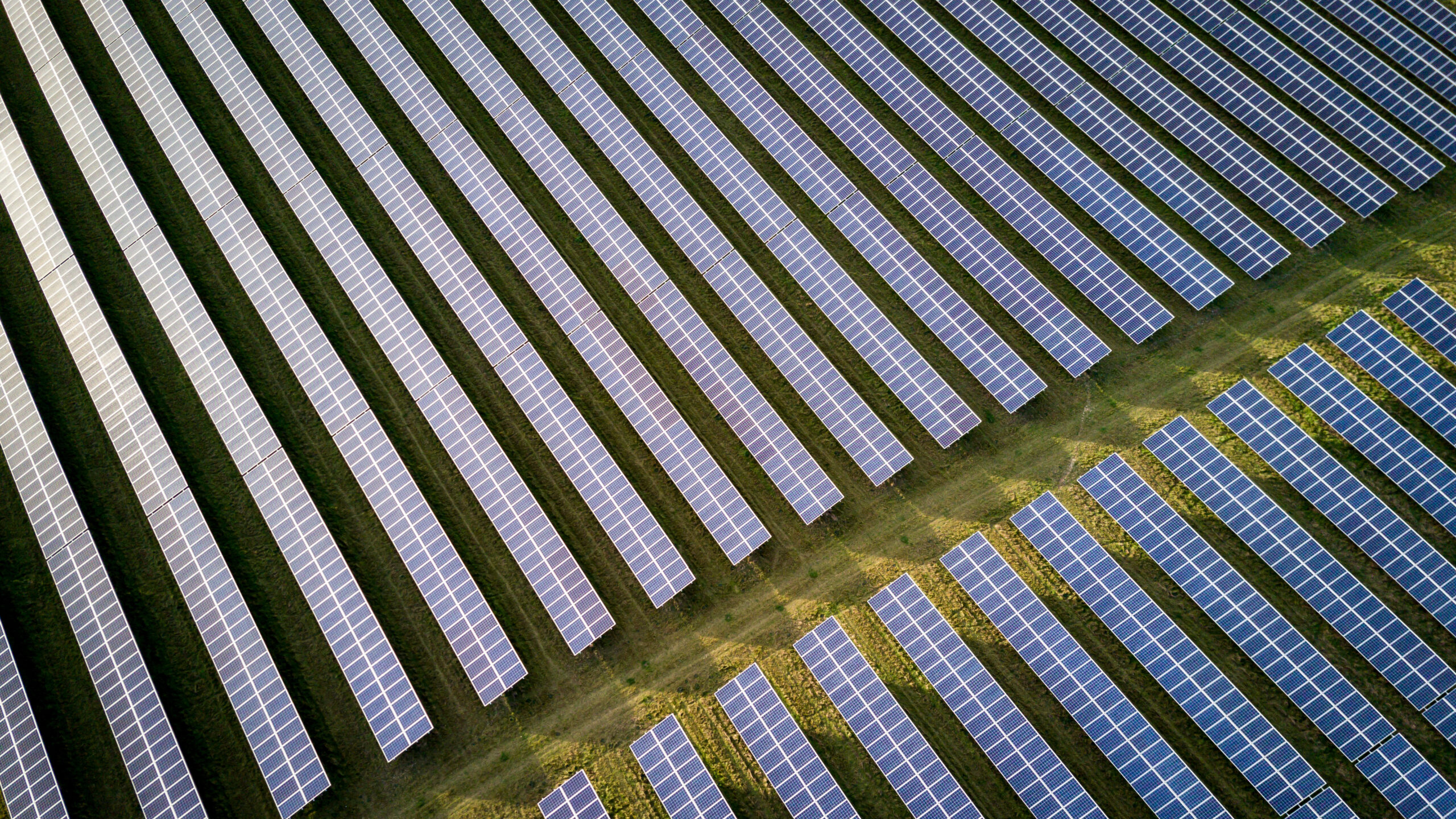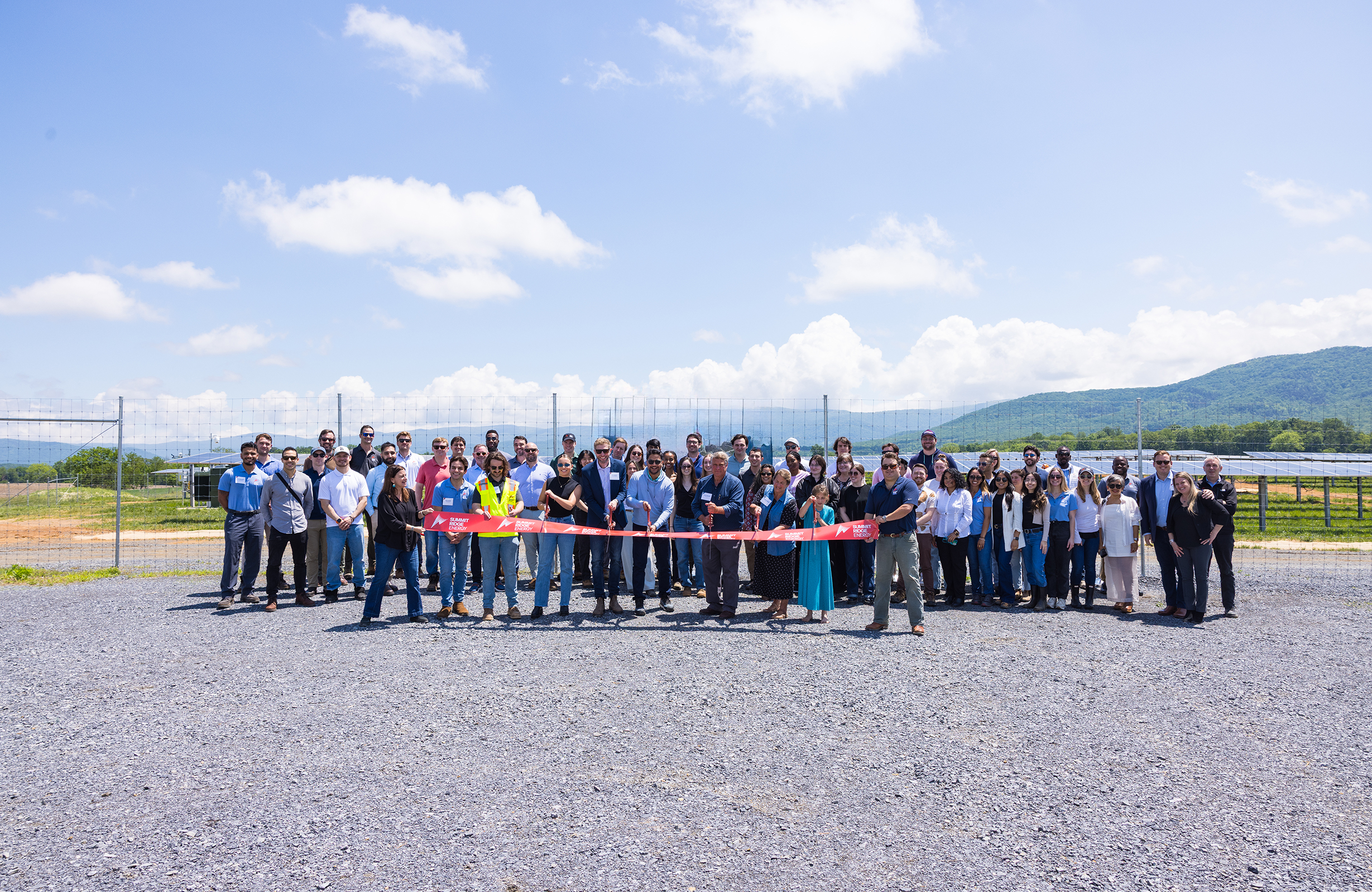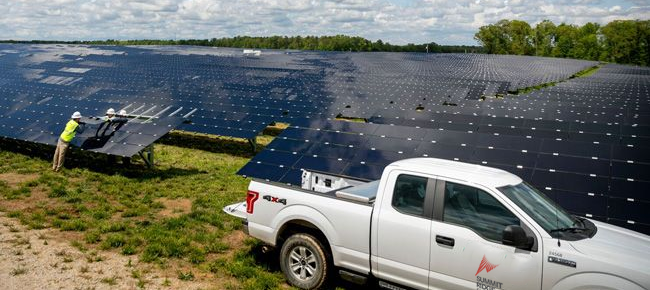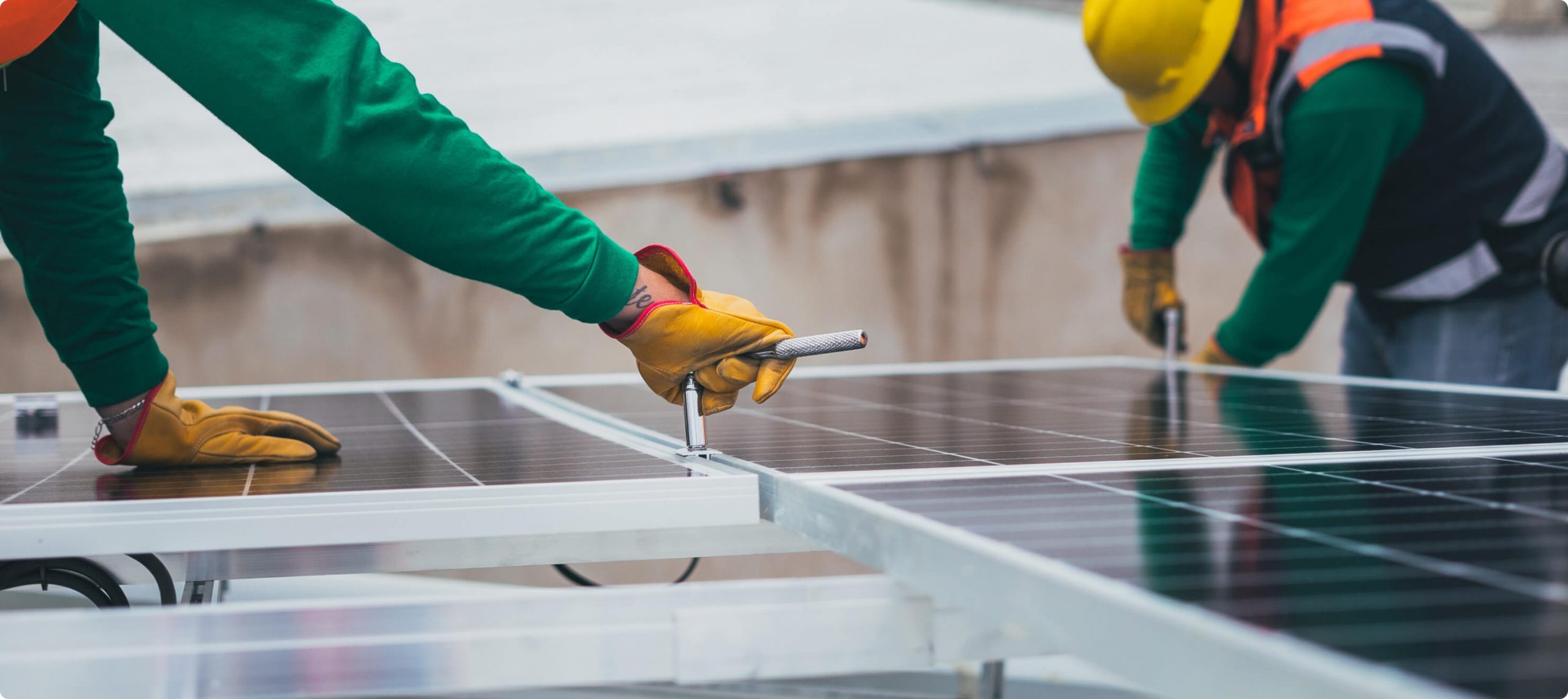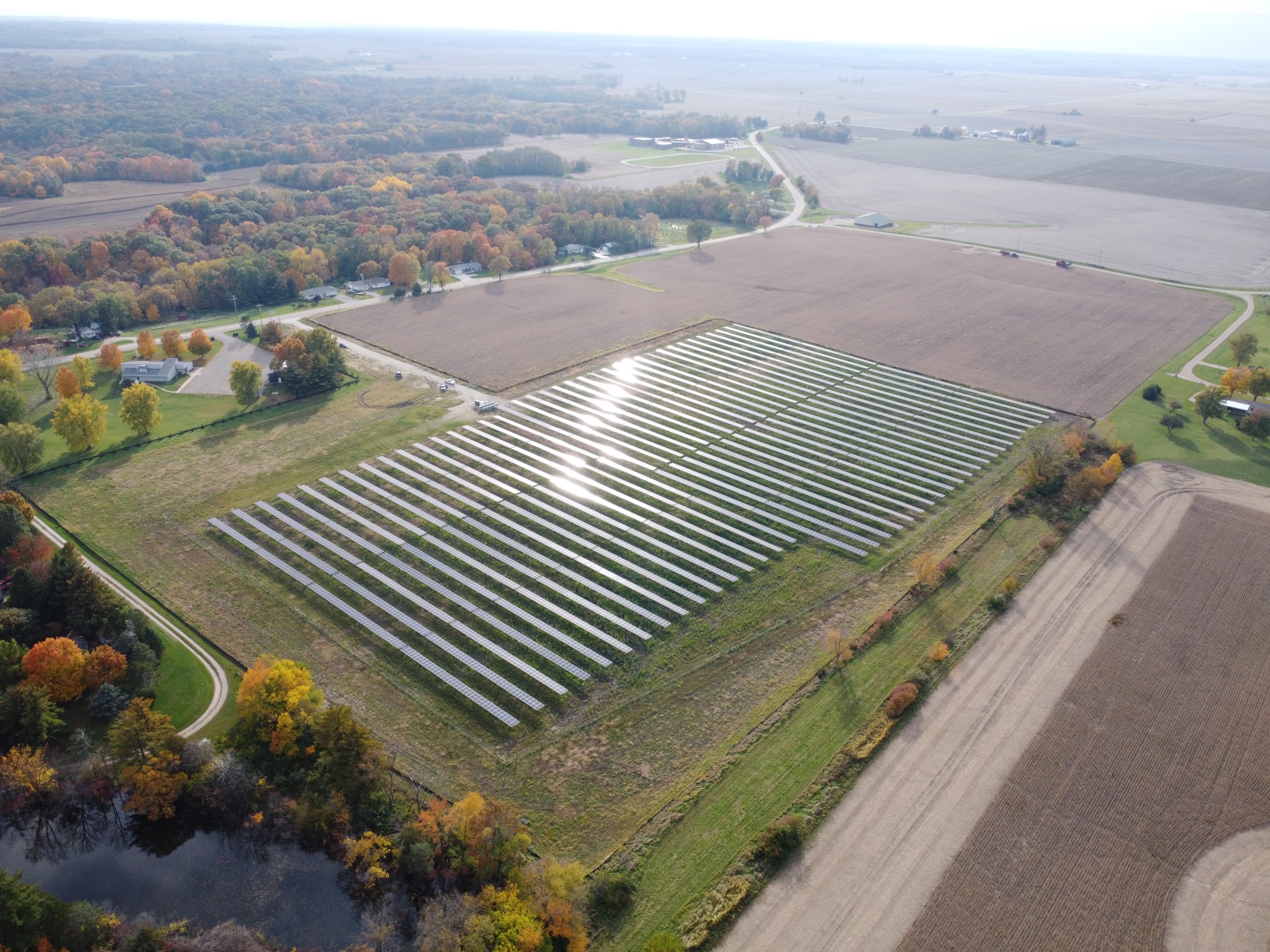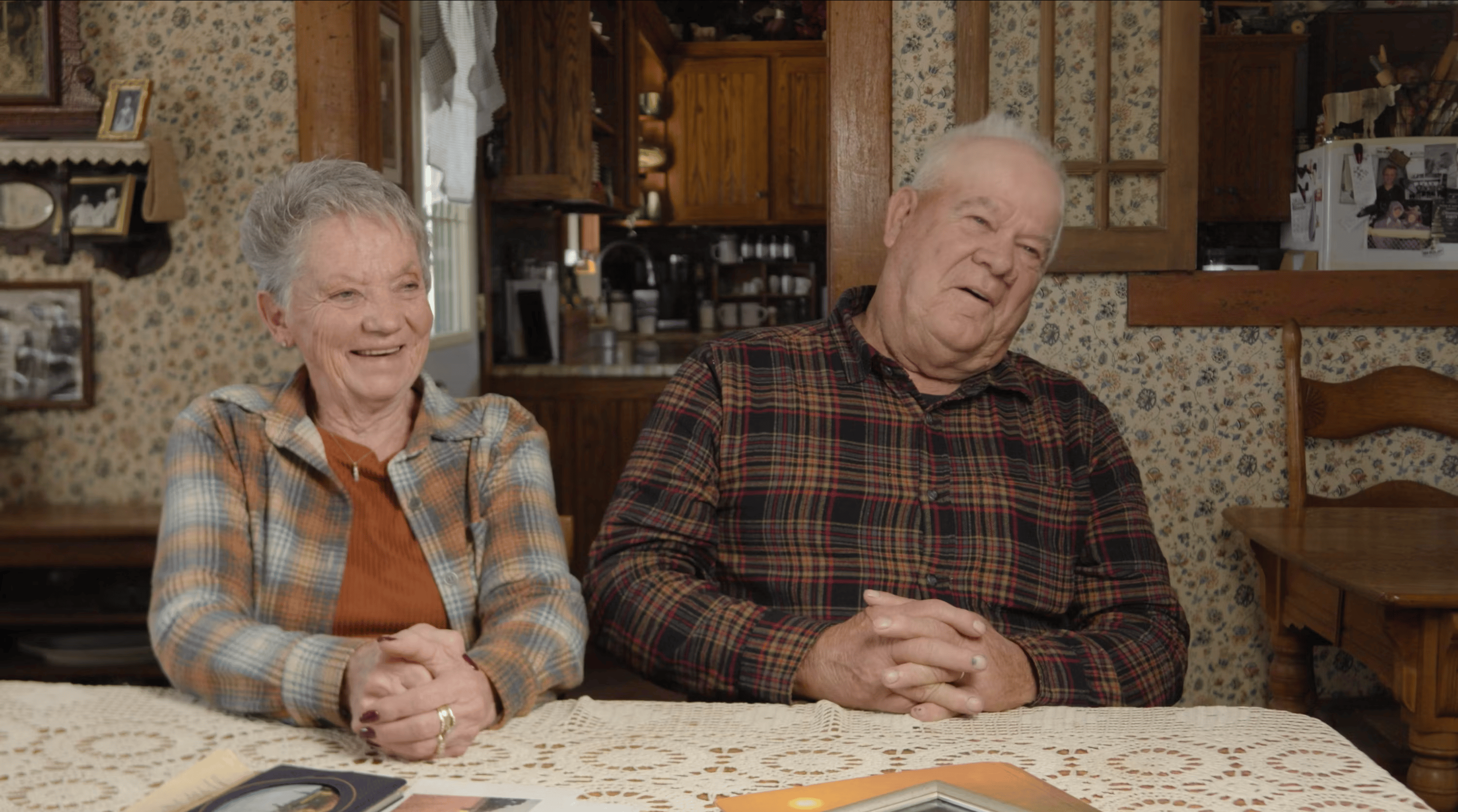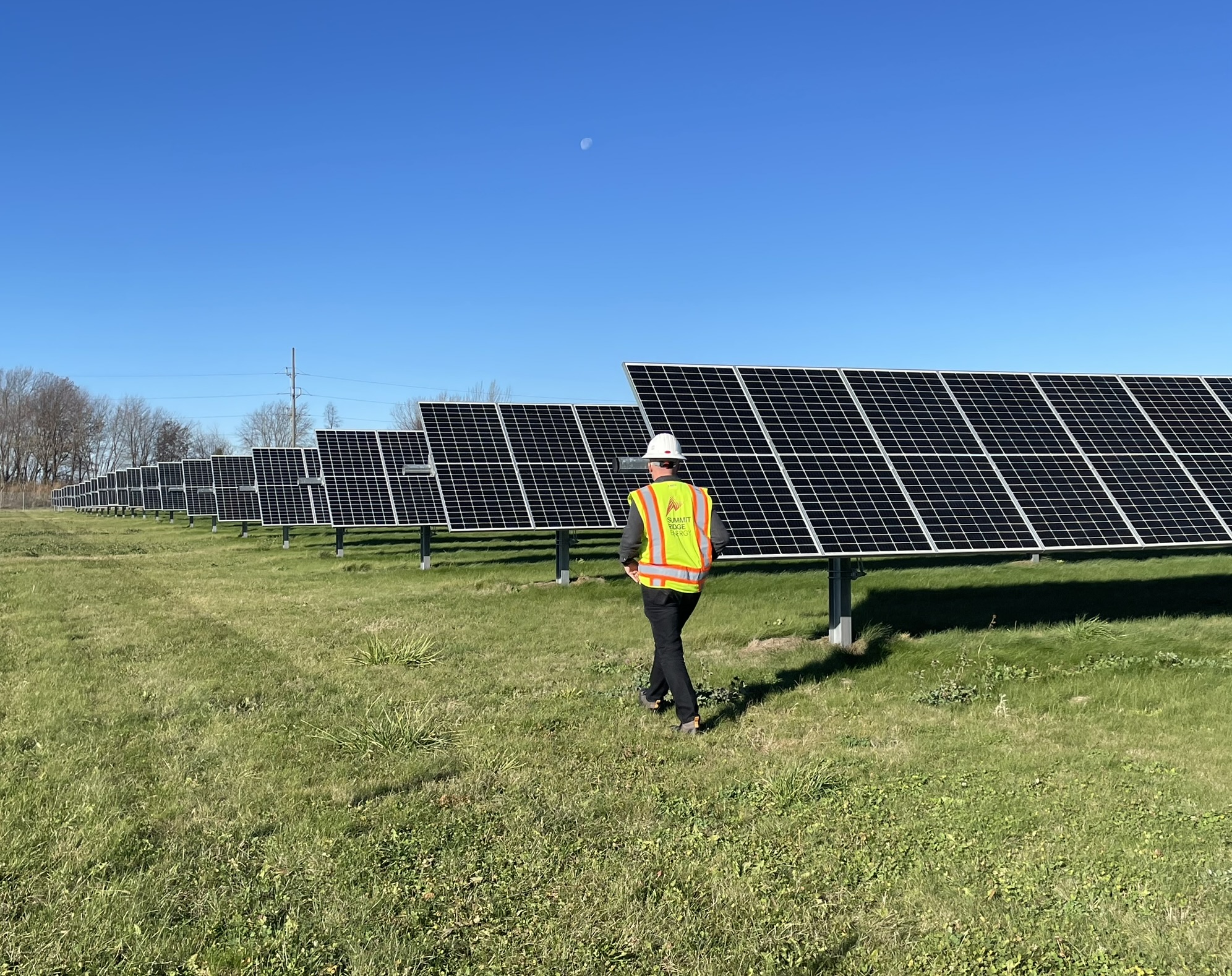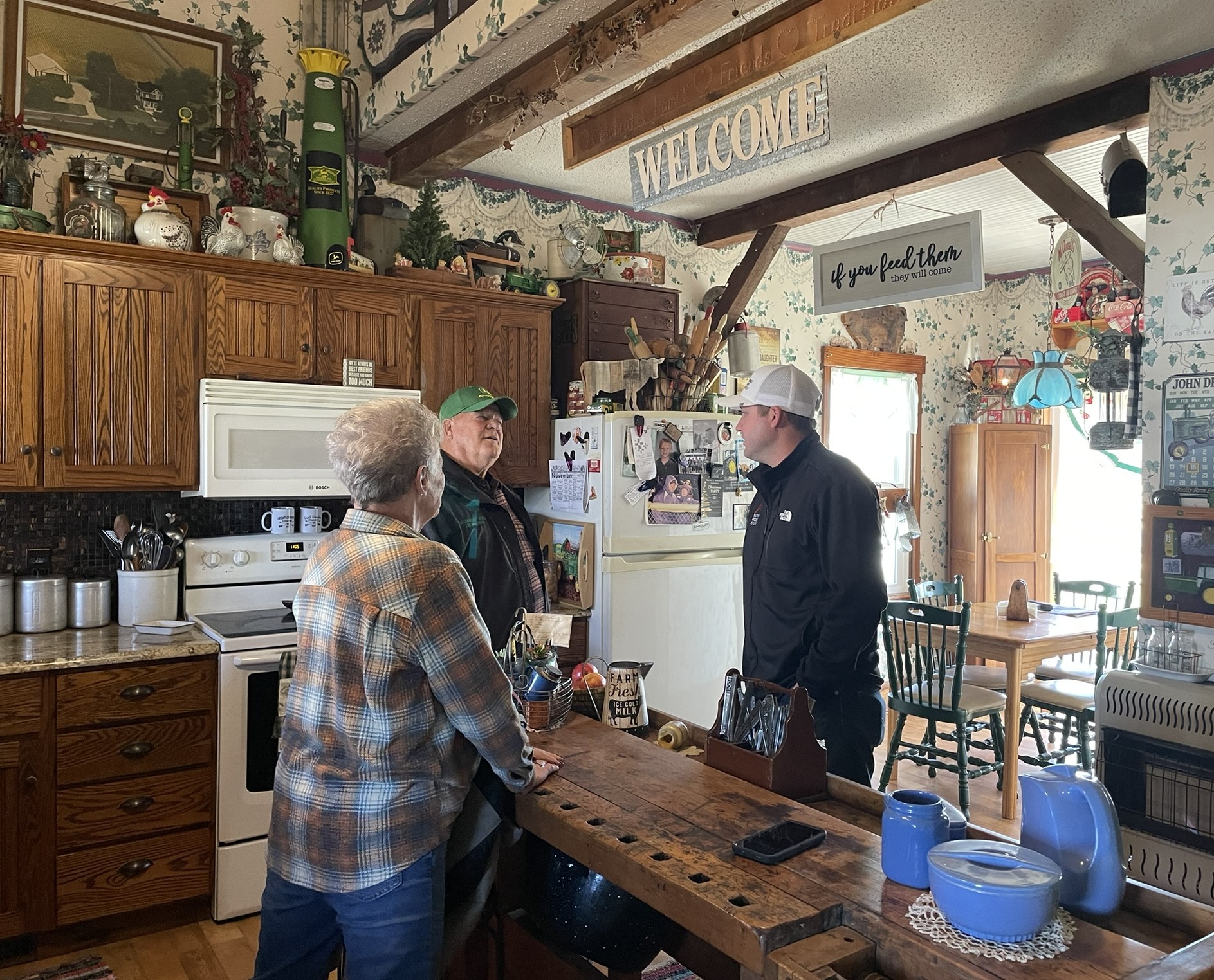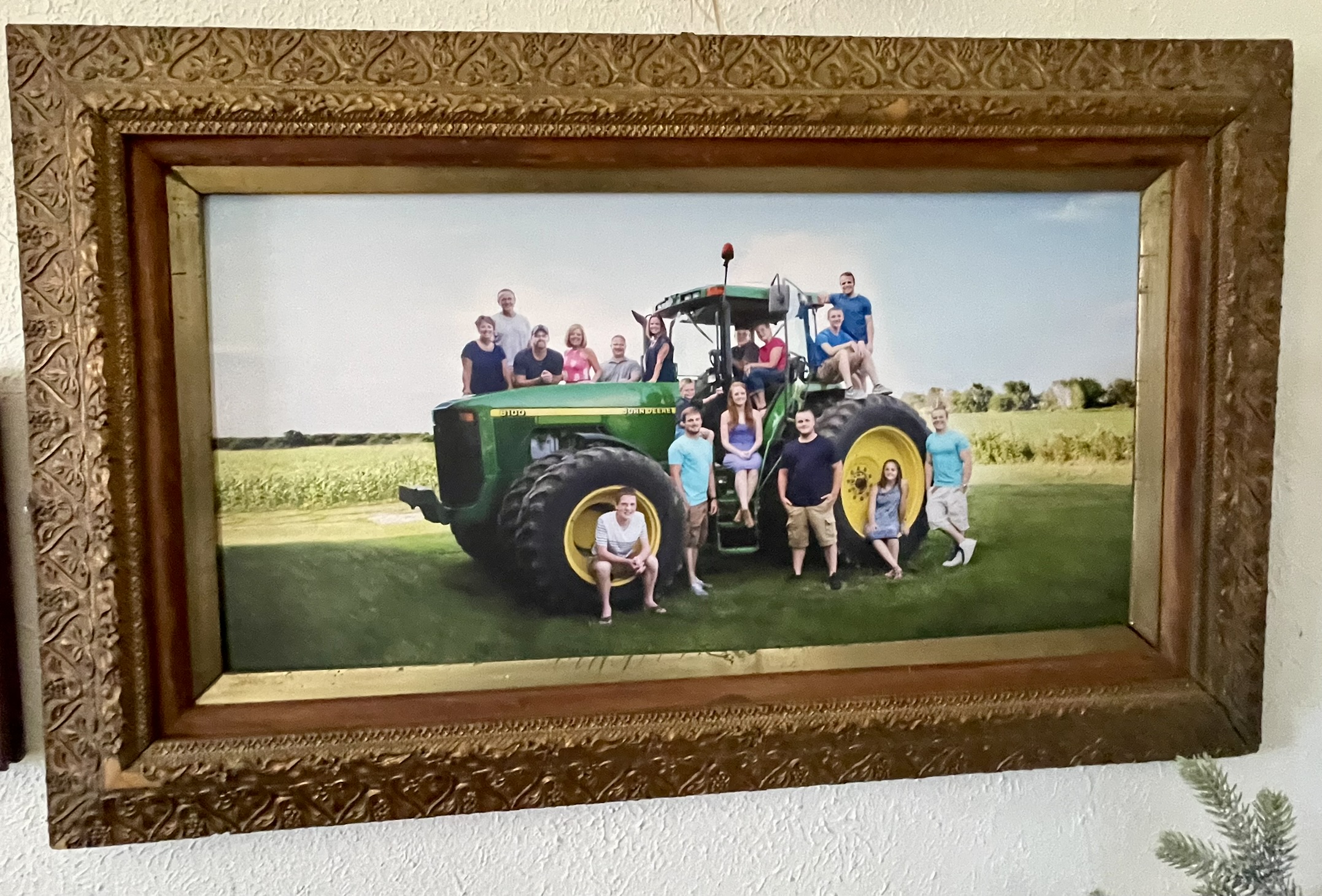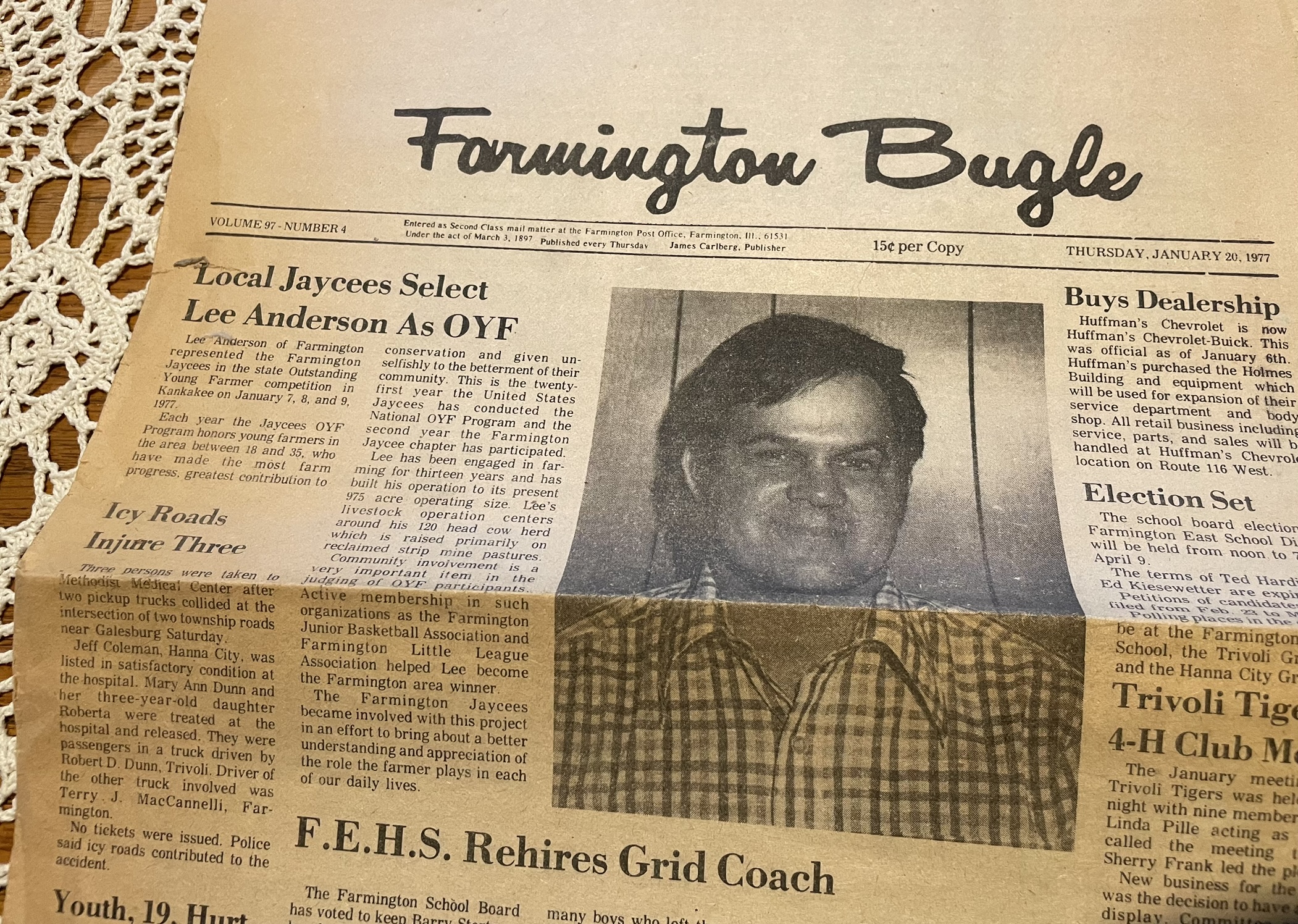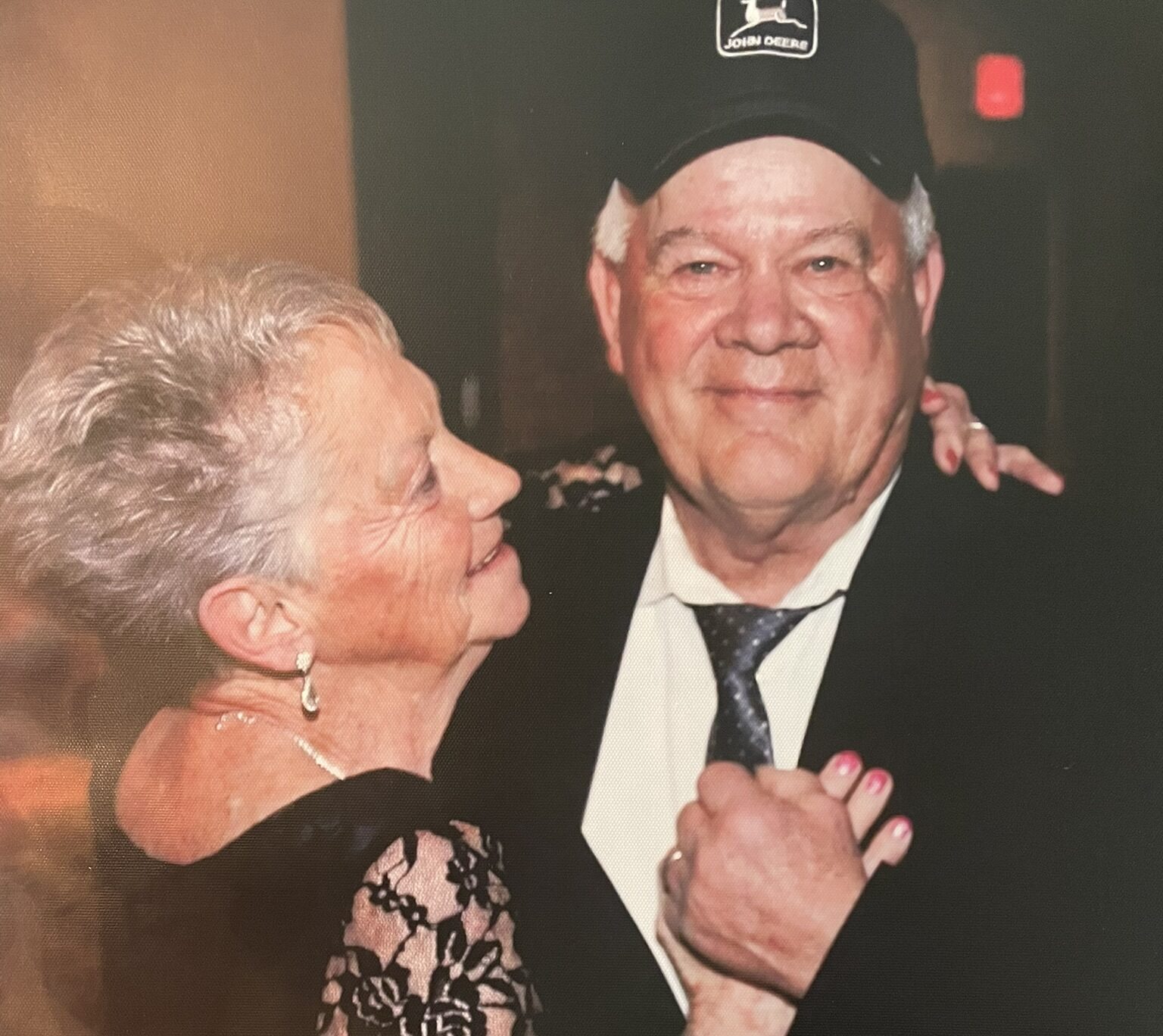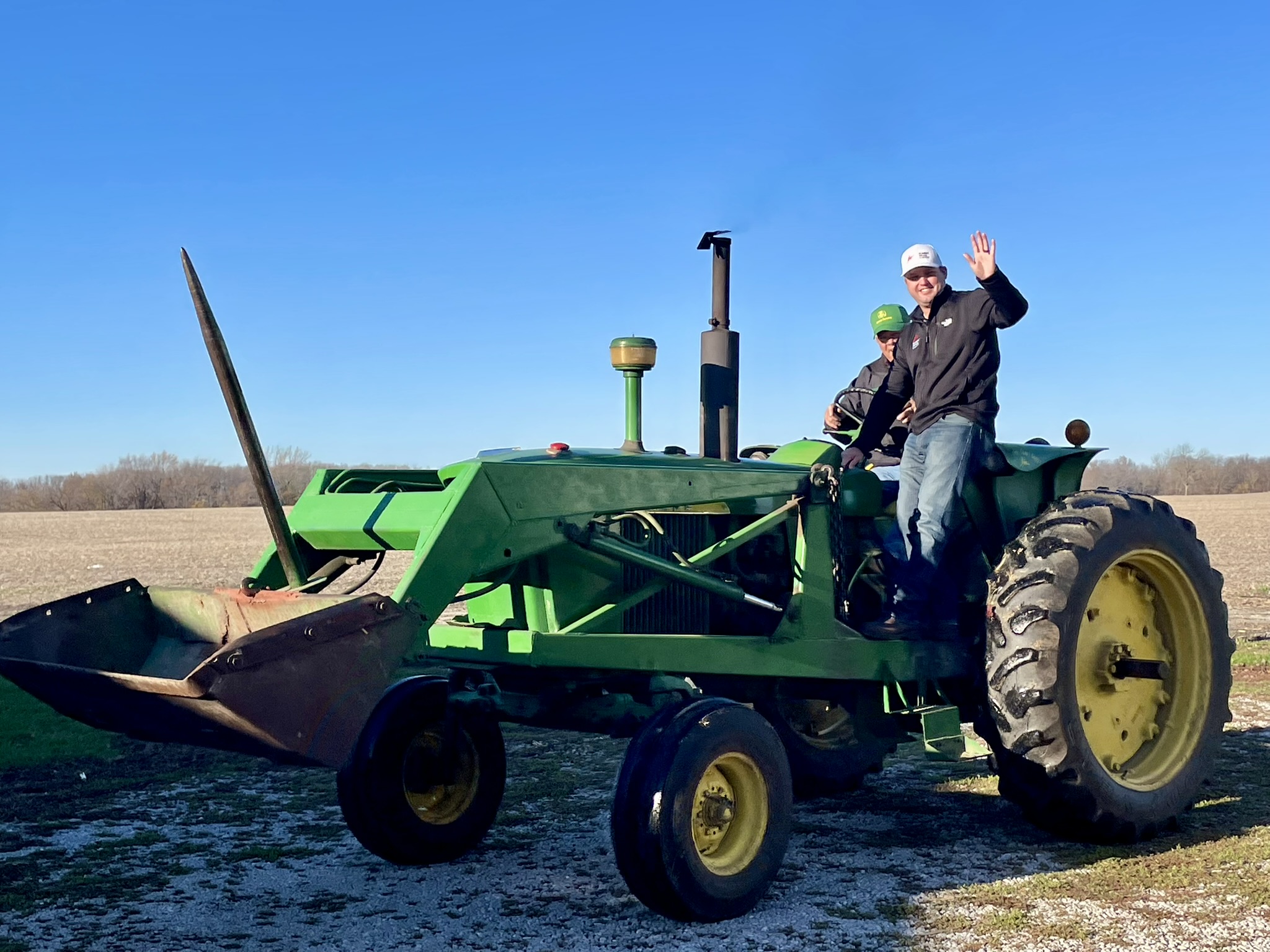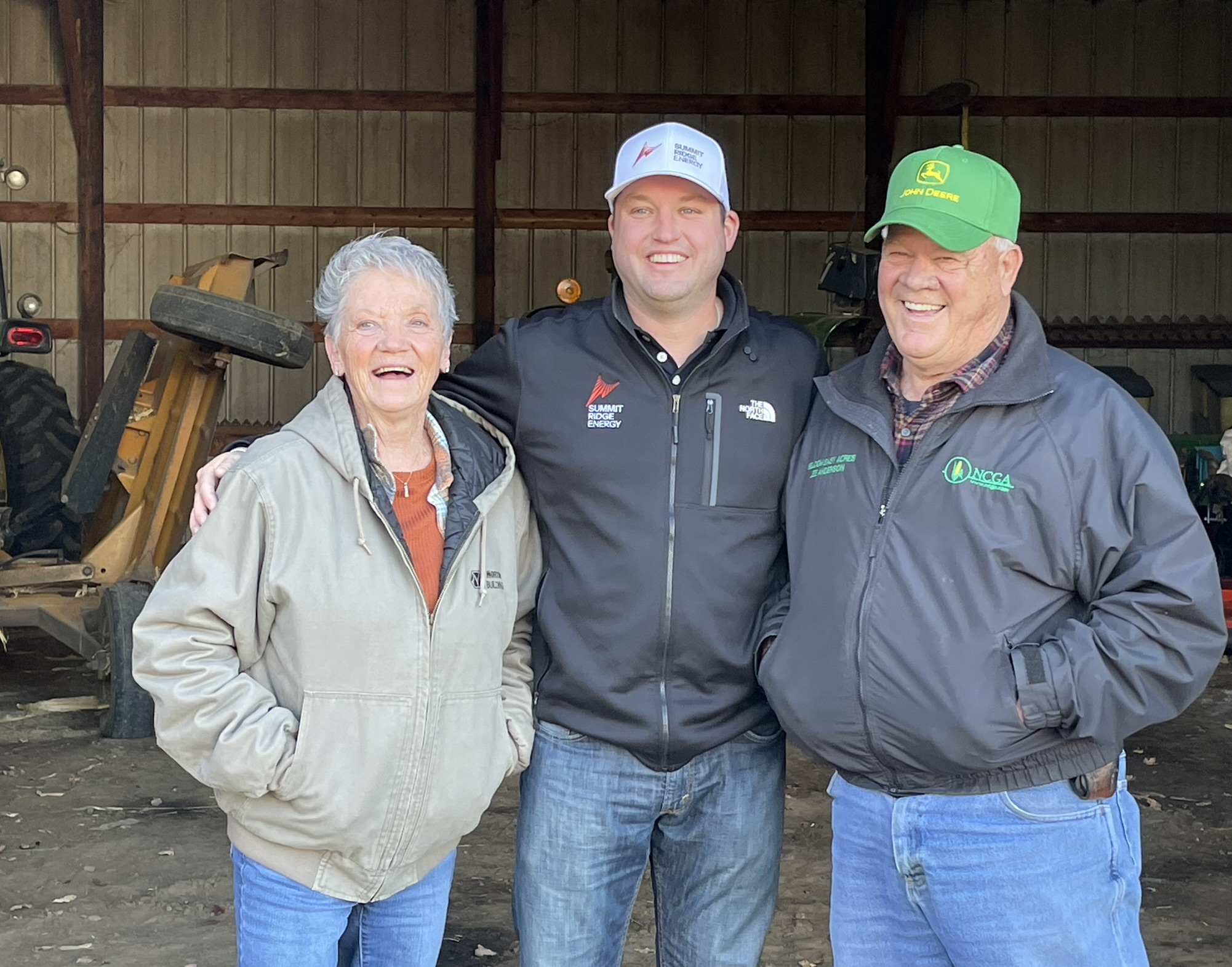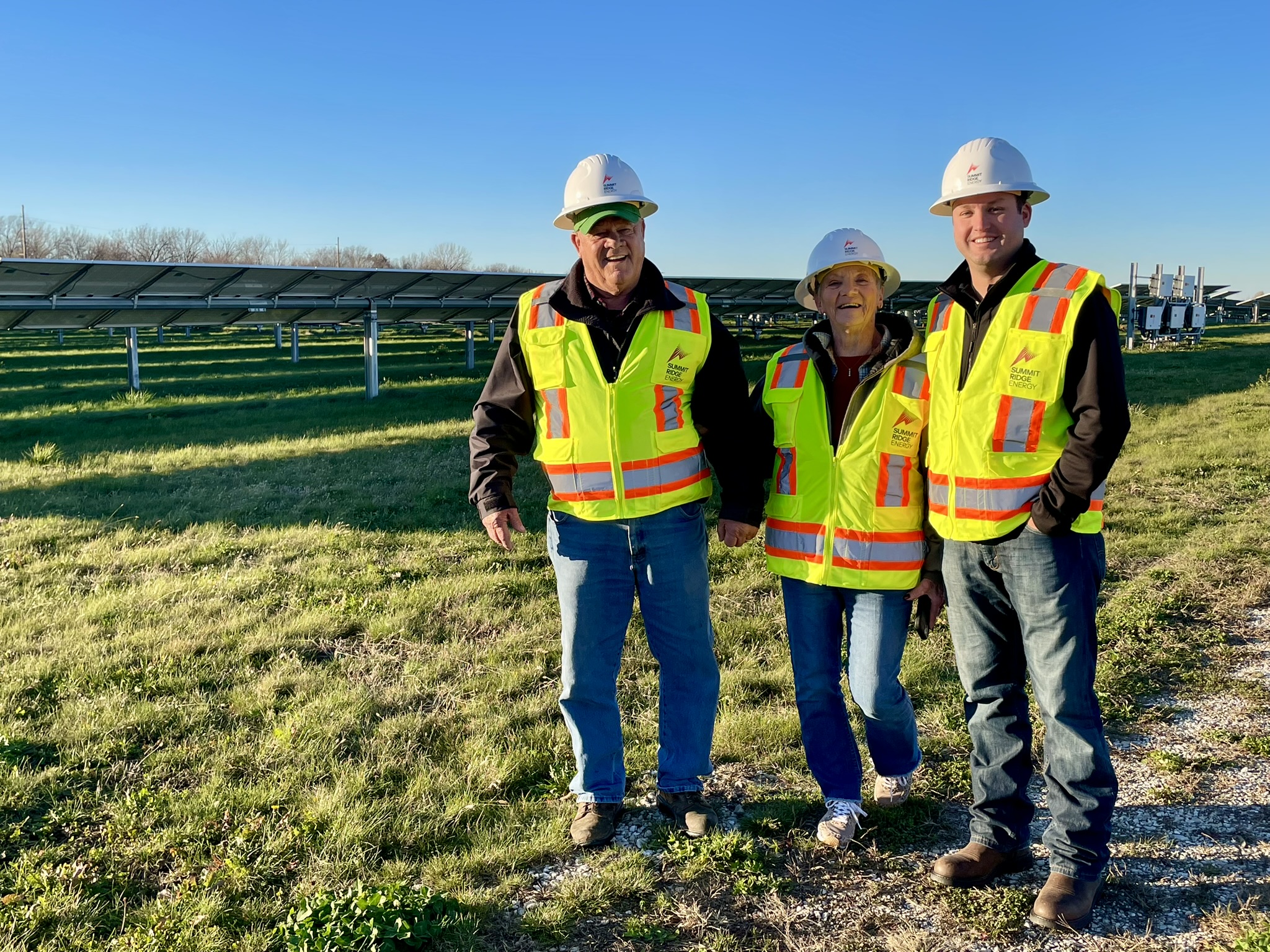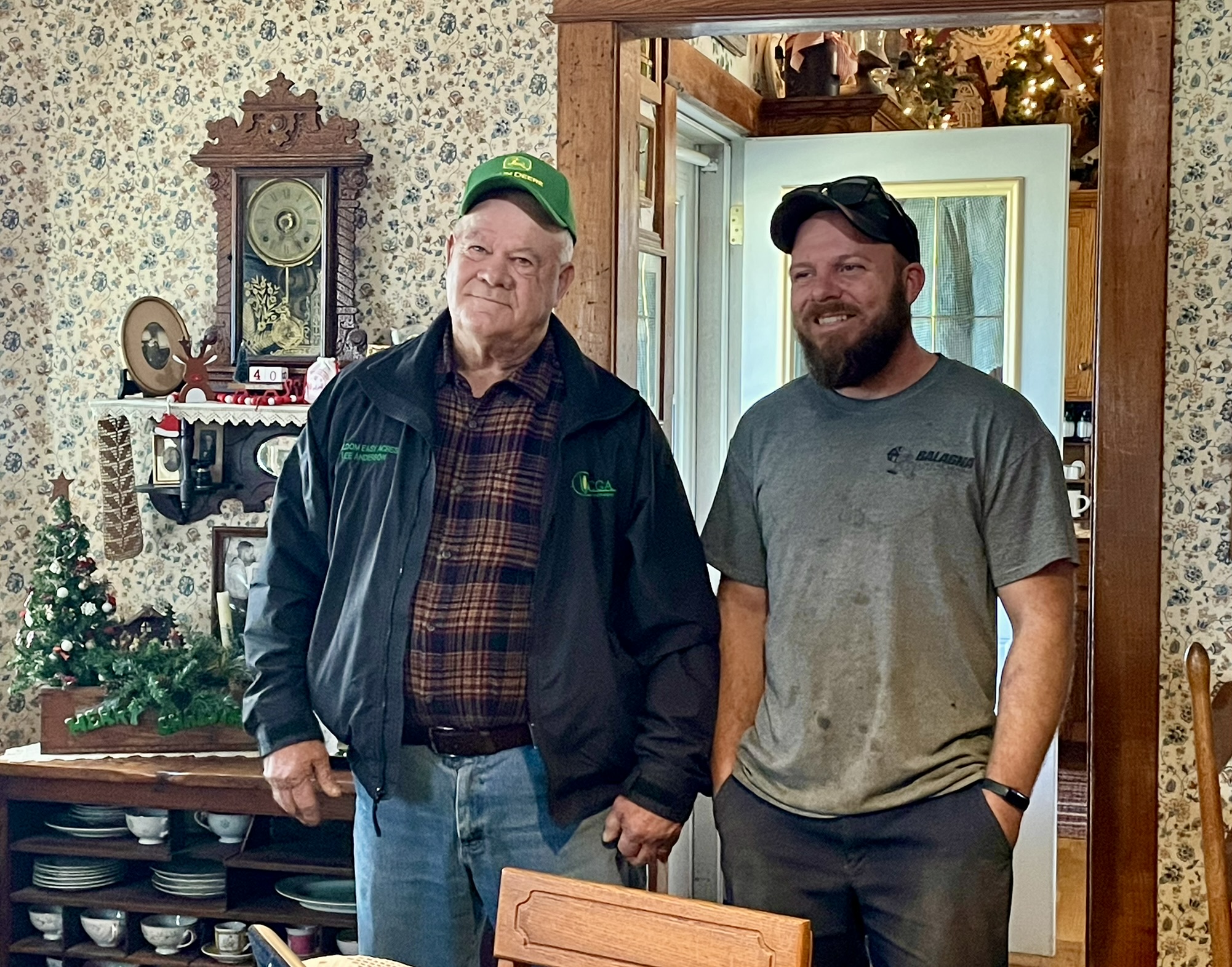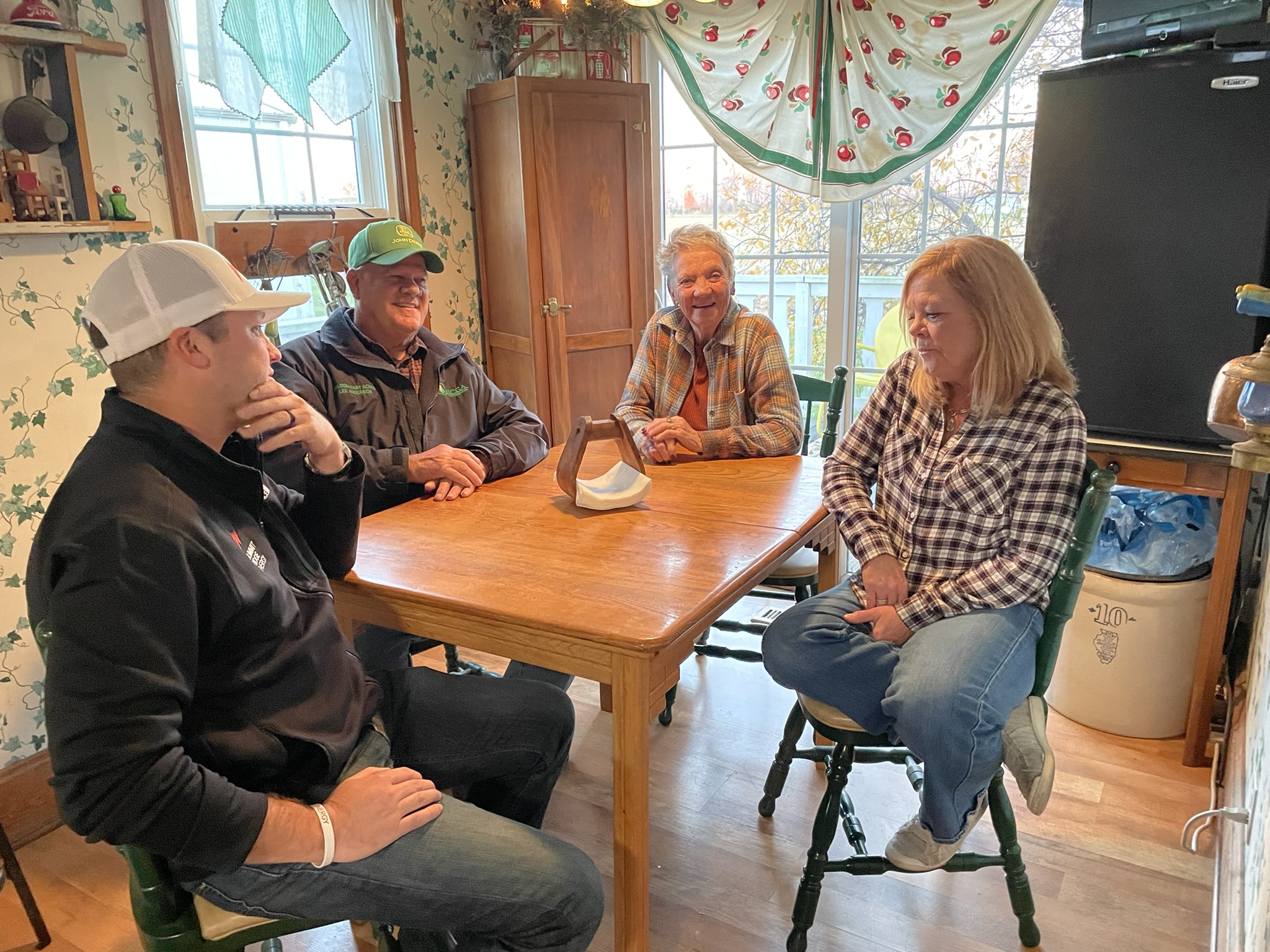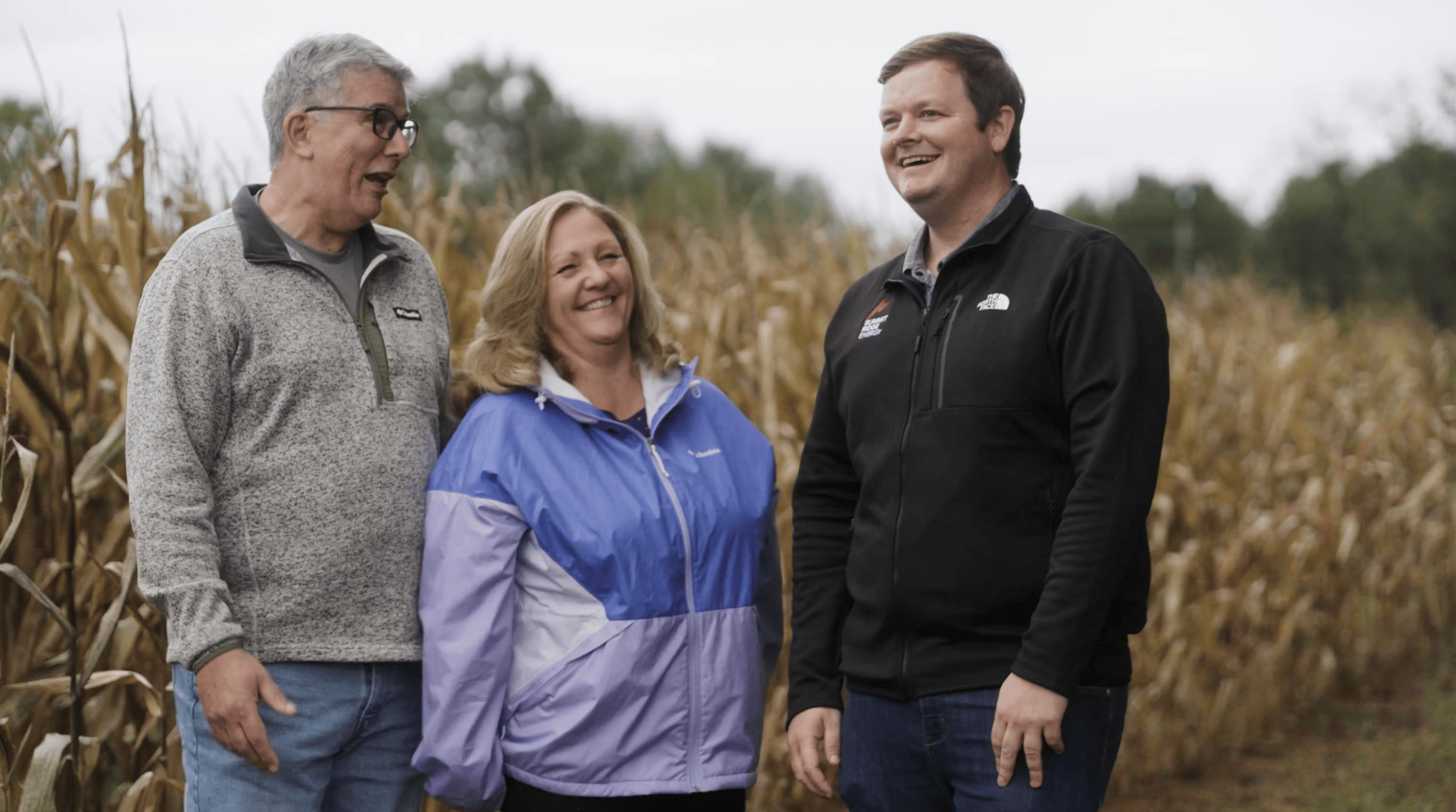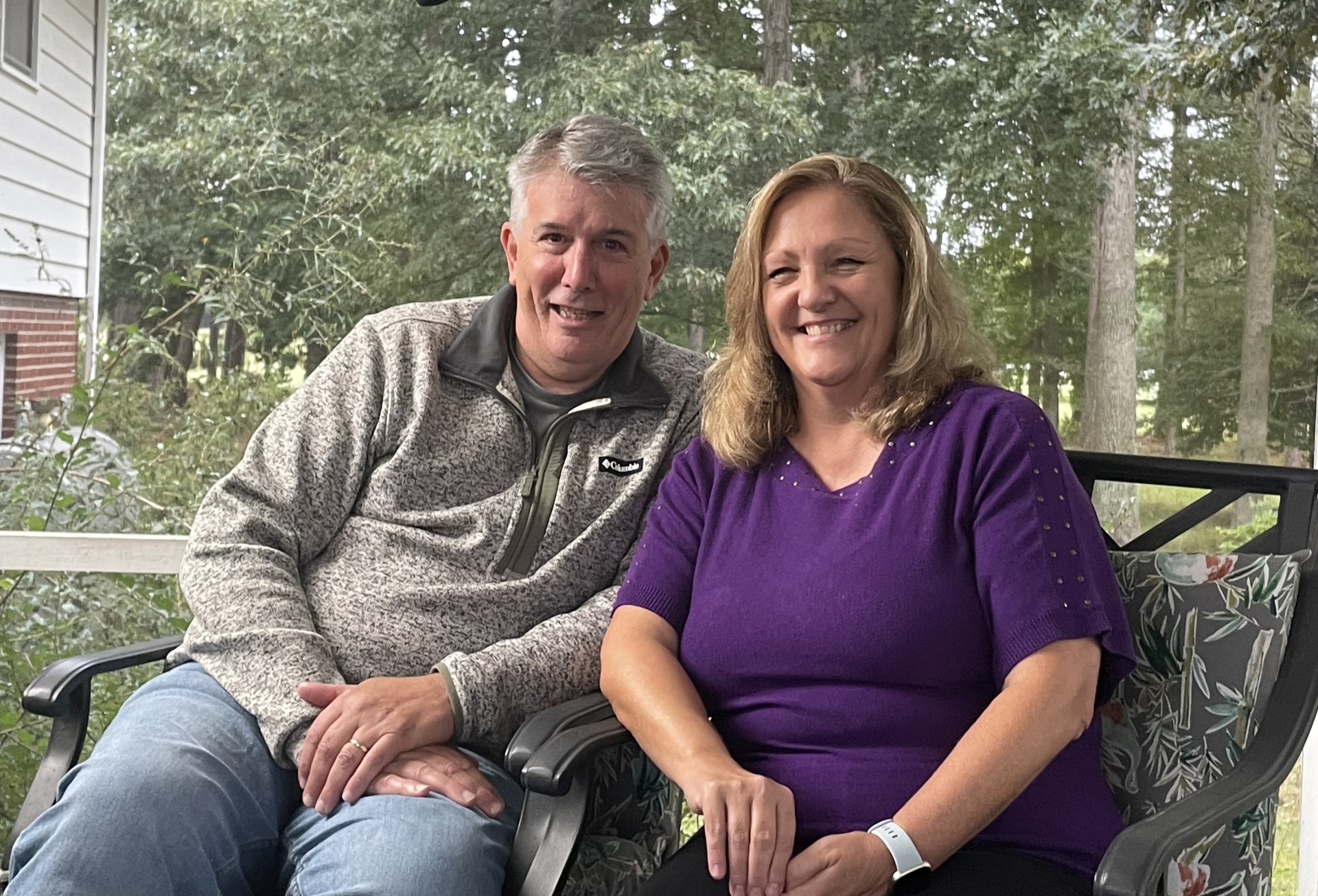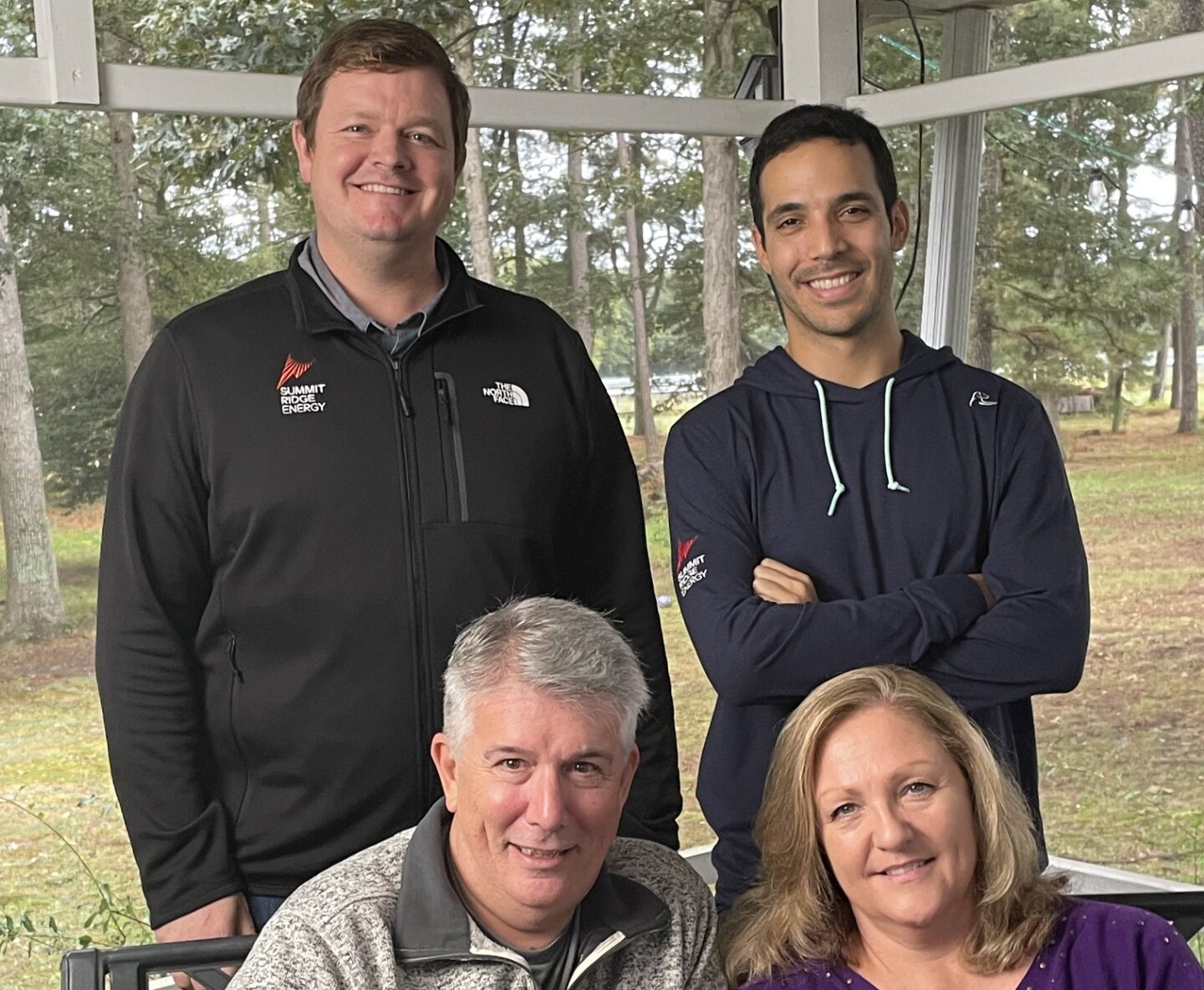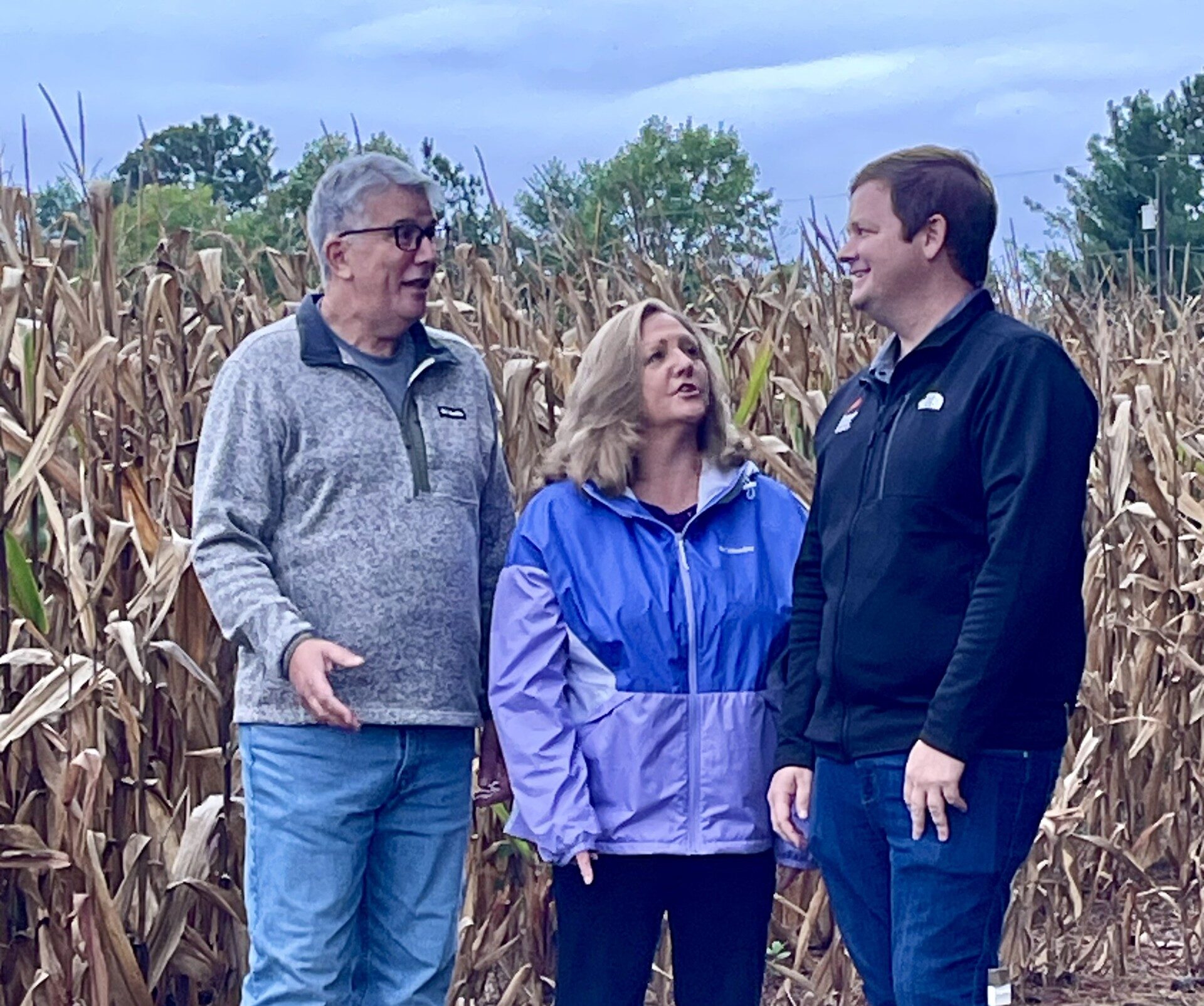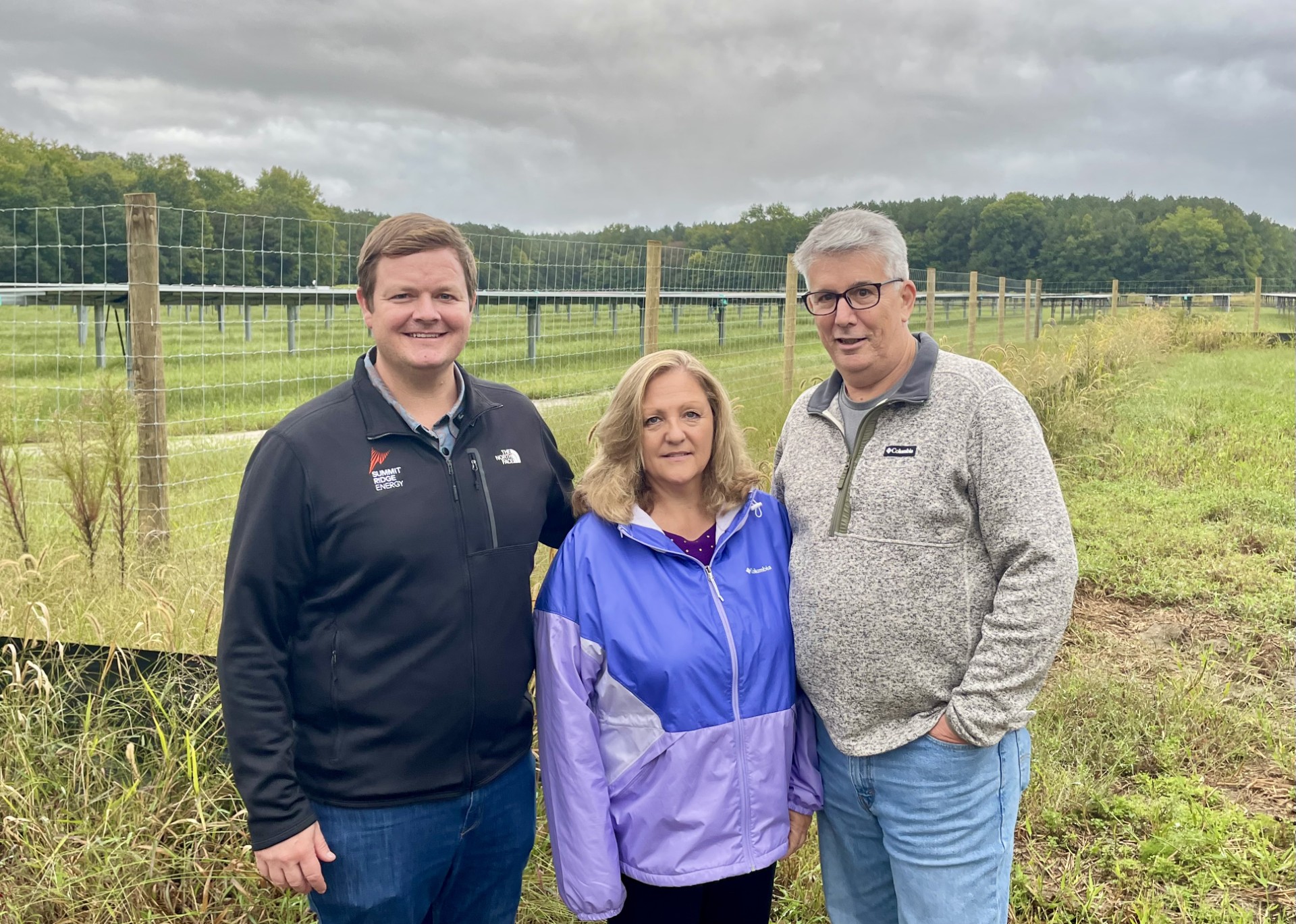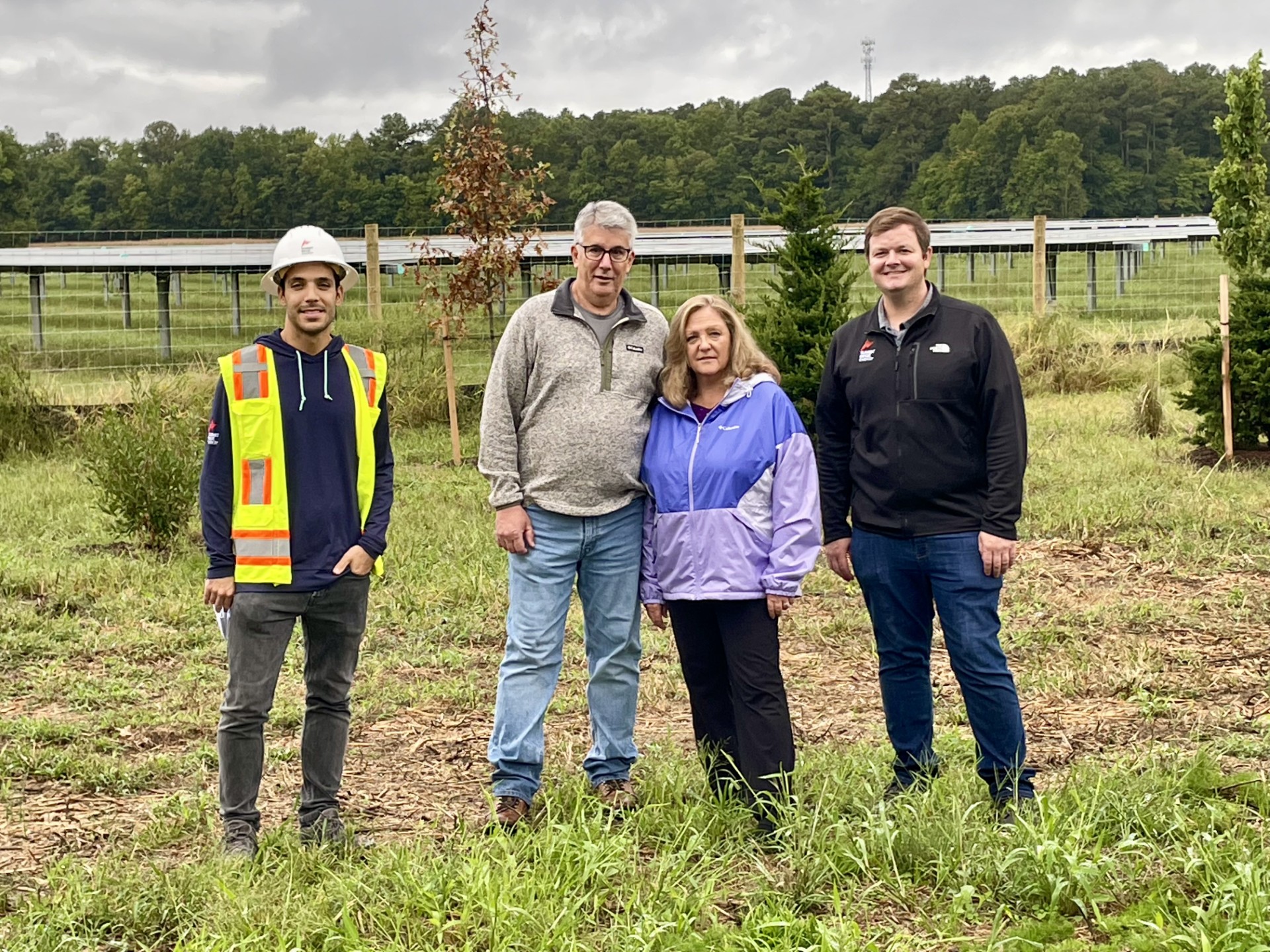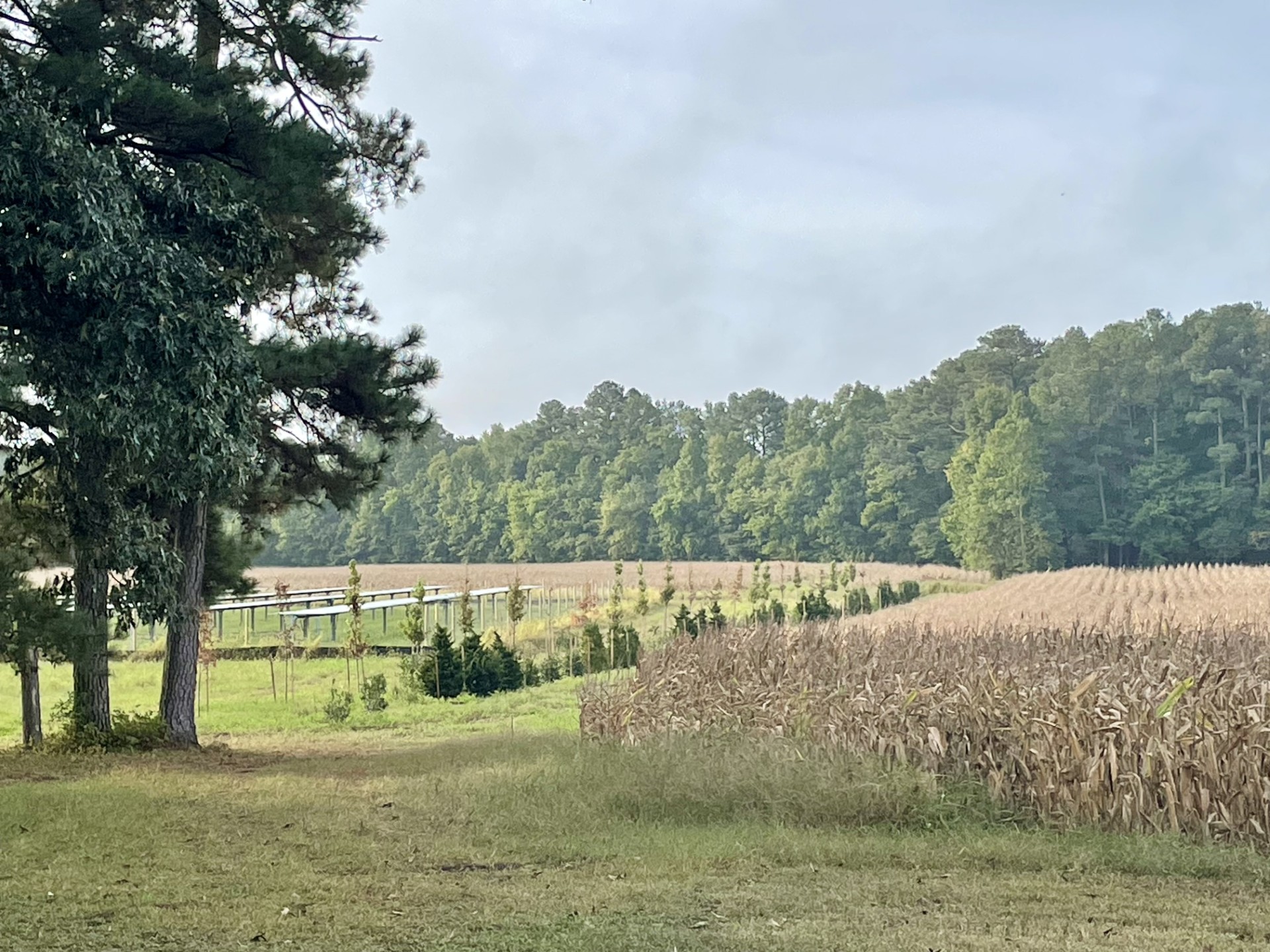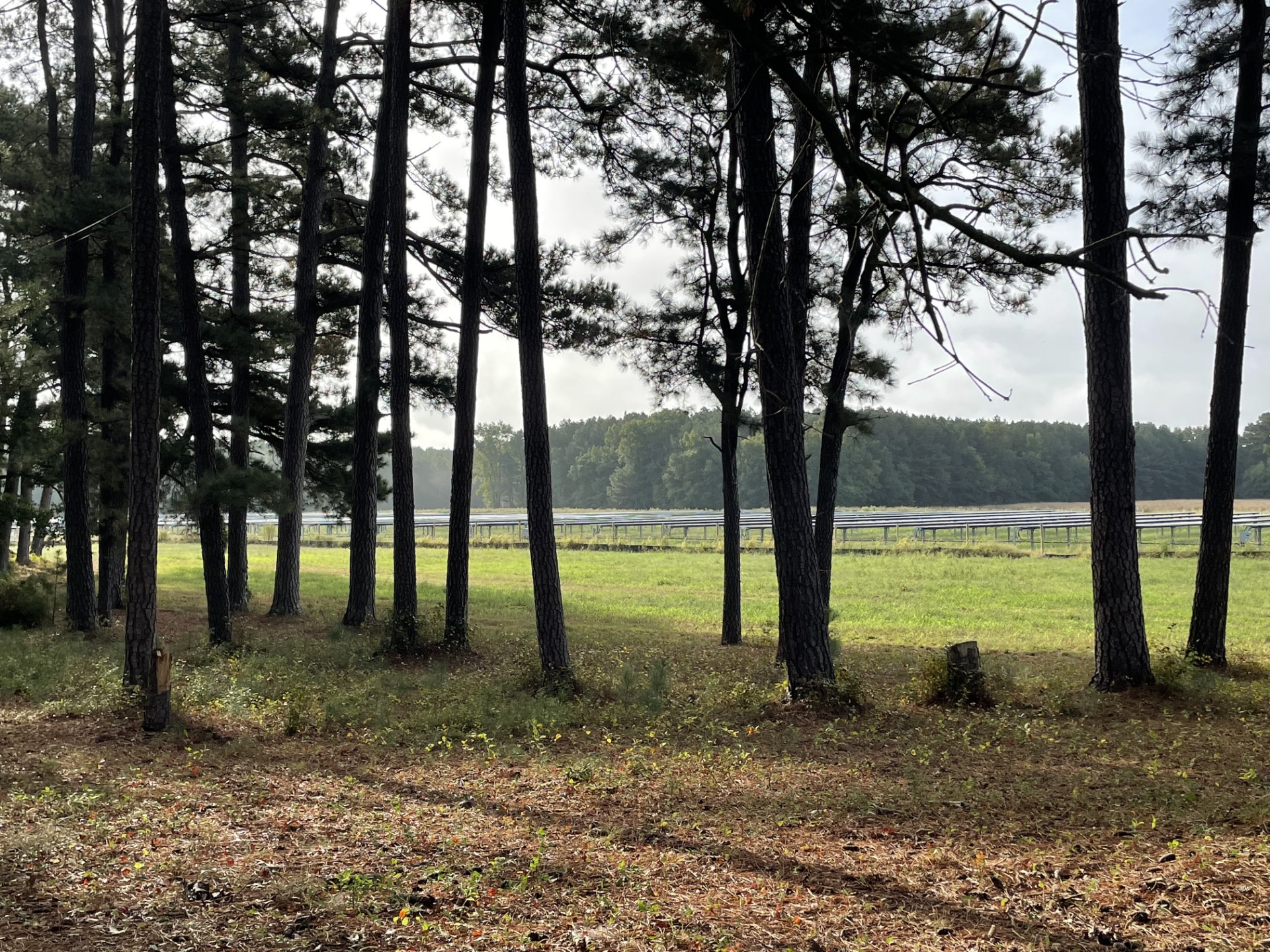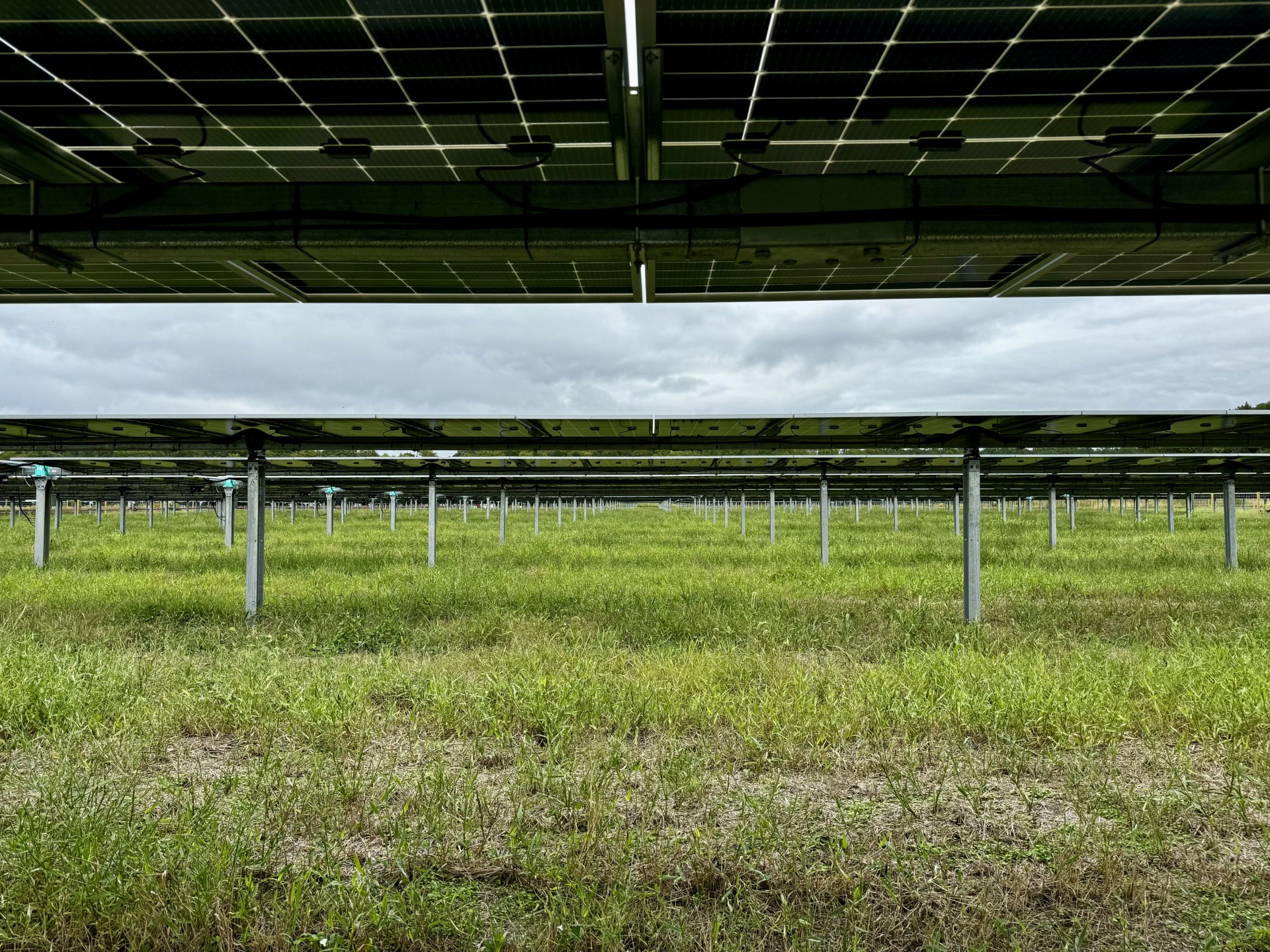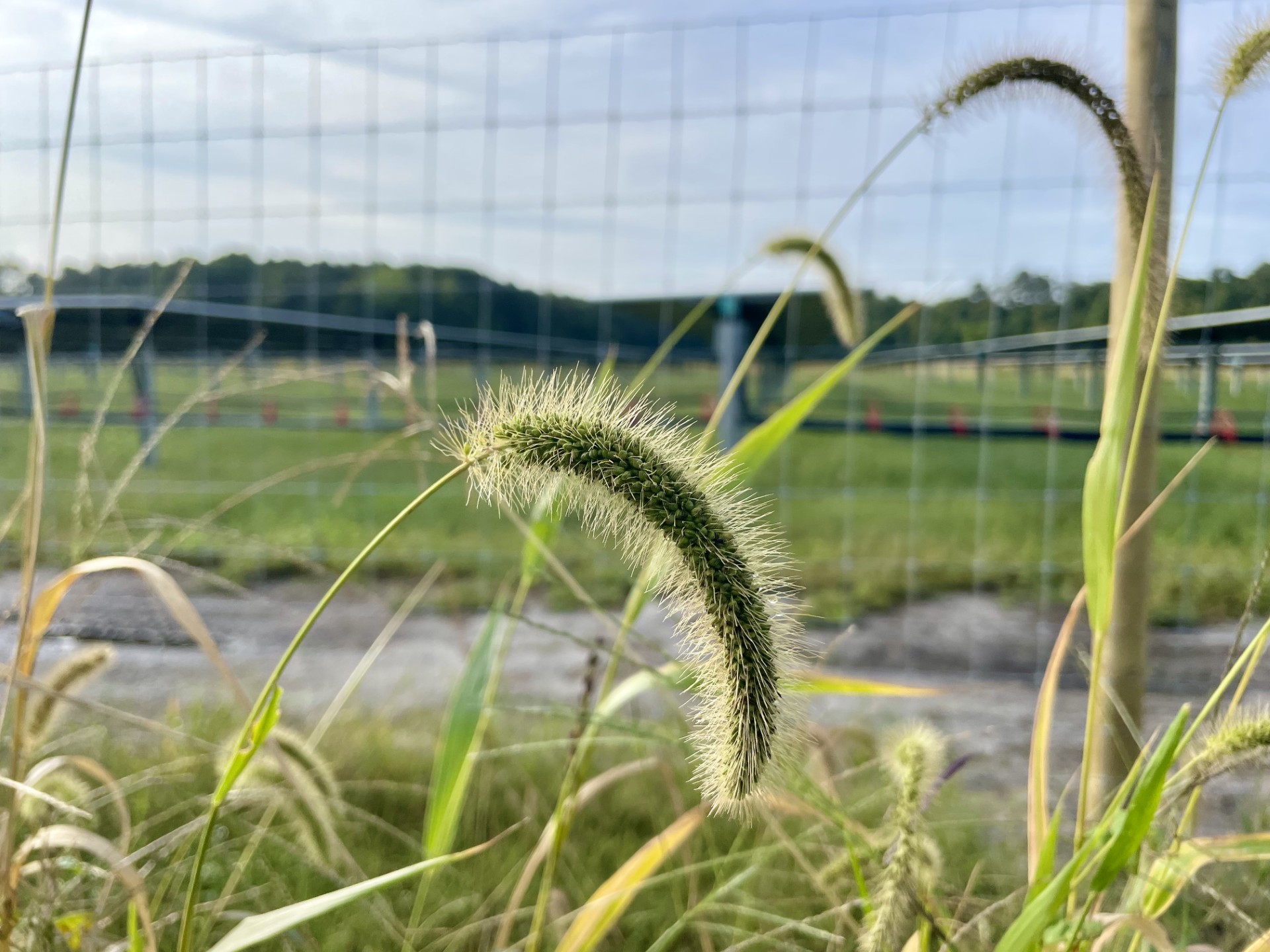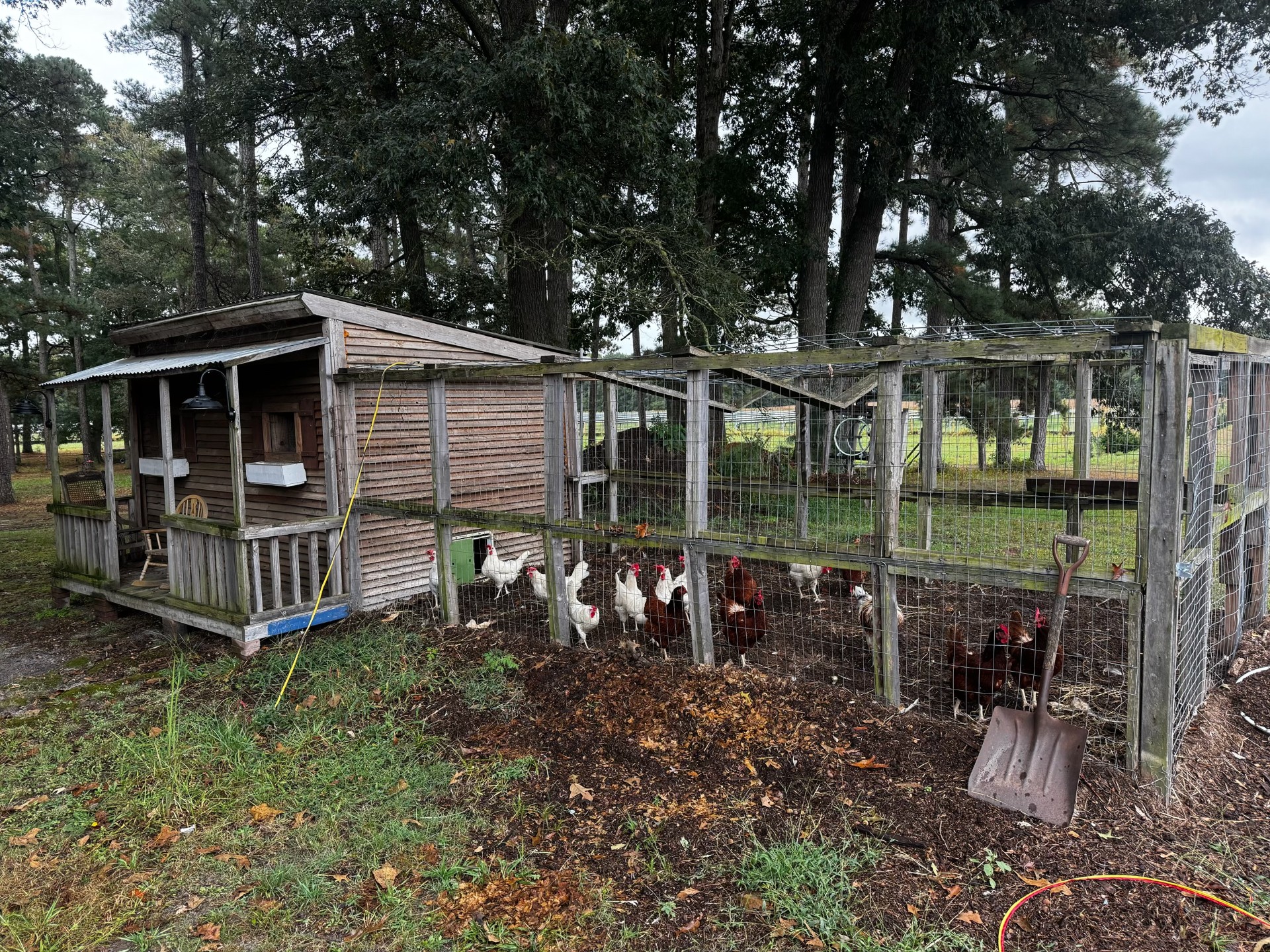We own and operate all our projects, ensuring a seamless, long-term partnership with landowners. Our solar farms are designed to be good neighbors, and we are committed to working closely with you from start to finish.

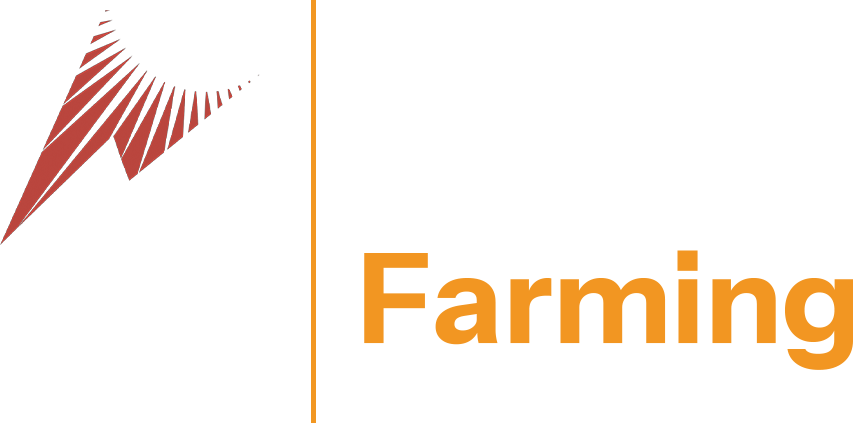
Unlock Long-Term Value by Leasing Your Land
Through solar farming, Summit Ridge Energy offers landowners the opportunity to generate stable, long-term income while maintaining ownership and preserving their land for future generations.
Our solar farms provide financial security, strengthen local communities and contribute to a more resilient grid—without disrupting your existing operations.
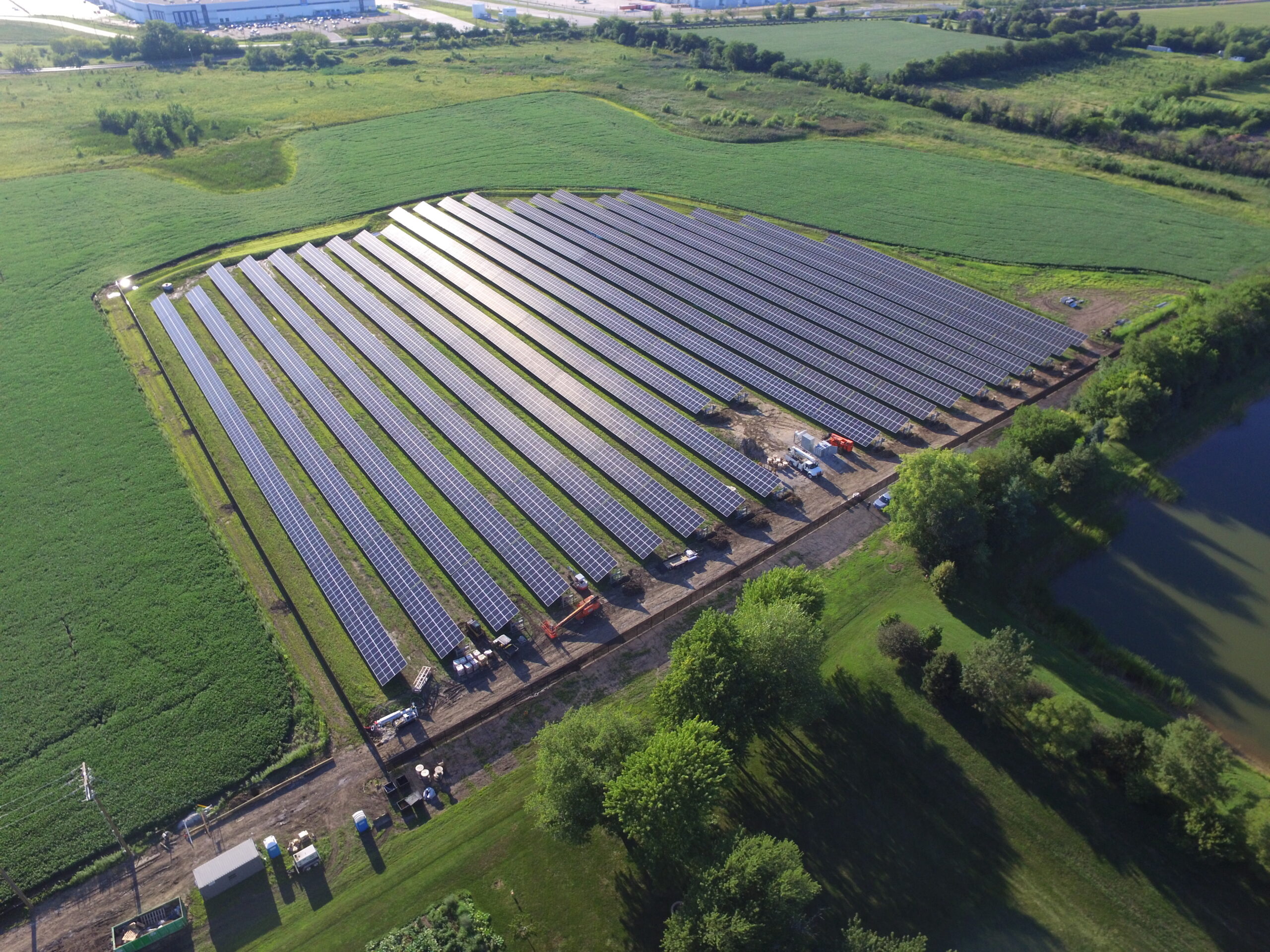
Why Lease Your Land for Solar?
Secure guaranteed lease payments for up to 40 years, providing financial stability for your business, family and future generations.
We treat your land with care, incorporating sustainable land management practices, such as pro-pollinator ground cover, to maintain its health and productivity. If you choose not to renew your lease, we restore your property to its original condition.
Solar farms provide new tax revenue, local job opportunities and energy savings to nearby businesses and residents, helping to fuel economic growth.
By generating locally produced solar power with American-made equipment, your land plays a vital role in powering America’s energy independence, strengthening the grid and reducing dependence on foreign energy sources.
Why Partner with Summit Ridge Energy?
A Trusted, Long-Term Partner
A National Leader in Solar Farming
Having transformed over 15,000 acres into income-generating solar farms and with more than 200 projects financed, we deliver reliable, long-term value to landowners while offering savings, local tax revenue, and American energy security to over 40,000 homes and businesses.
Ready to Unlock the Value of Your Land?
We take great care to ensure minimal impact on your land because we know it’s more than just land; it’s your family’s financial stability, years of hard work, and your legacy. Find out how solar can provide reliable, long-term income while preserving your property’s future.
Email us at [email protected] to get started.
FAQs for Landowners
Overview
A community solar farm is a collection of solar panels that generate electricity and feed it into the local utility grid, providing cost savings to nearby homes and businesses.
Since 2017, we’ve secured over $5 billion in project capital, financing 200+ solar farms with 2 GW of solar power in operation or development—powering 40,000 homes and businesses.
Materials & Construction
Once the contract is signed, the development process takes 12–24 months, depending on utility interconnection approvals and permitting.
We compensate for any crop damages at current market rates within 90 days of construction start.
Our panels are made primarily from Earth’s natural minerals, consisting of 95% silicon and framed with recyclable aluminum, copper, and silver. They use storm-rated glass, similar to a car windshield, designed to withstand extreme weather. Additionally, built-in weather monitoring moves panels into protective positions during severe storms.
All of our materials are produced domestically in the United States. We partner with QCells for all our panels, which are manufactured in Georgia.
Panels are typically 5–6 feet tall, about the same height as a mature corn stalk.
We subcontract to local engineering, procurement, and construction (EPC) firms and prioritize using local labor whenever possible.
Solar farms operate quietly, with sound levels far below typical zoning noise thresholds. Any noticeable noise would occur only during construction and would comply with local regulations.
Project Management & Maintenance
Our in-house asset management team monitors projects 24/7 and conducts routine maintenance and repairs as needed.
We plant native grasses selected based on environmental assessments to support soil health and biodiversity.
The project will be fully fenced, and additional landscaping may be added based on local requirements.
Taxes, Insurance & Property Value
Yes, the lease transfers to the new owner, making it a valuable asset that can increase property value for buyers.
Property taxes may increase if the assessor adds value for improvements, but Summit Ridge Energy covers all additional taxes related to the leased portion of the land.
Yes, our lease includes landowner coverage under our insurance policy. Some landowners also choose to take out an umbrella policy for added protection.
End of Life & Environmental Impact
Yes! The land remains regenerative throughout the lease, benefiting from natural vegetation, soil enrichment, and biodiversity support from birds, insects, and organic material breakdown.
At the end of the project’s 25–40 year lifespan, panels and equipment will be fully recycled following industry best practices.
Our panels are designed to last throughout the entire lease term. However, if technology advances, we may upgrade panels to improve efficiency while responsibly recycling older units.
